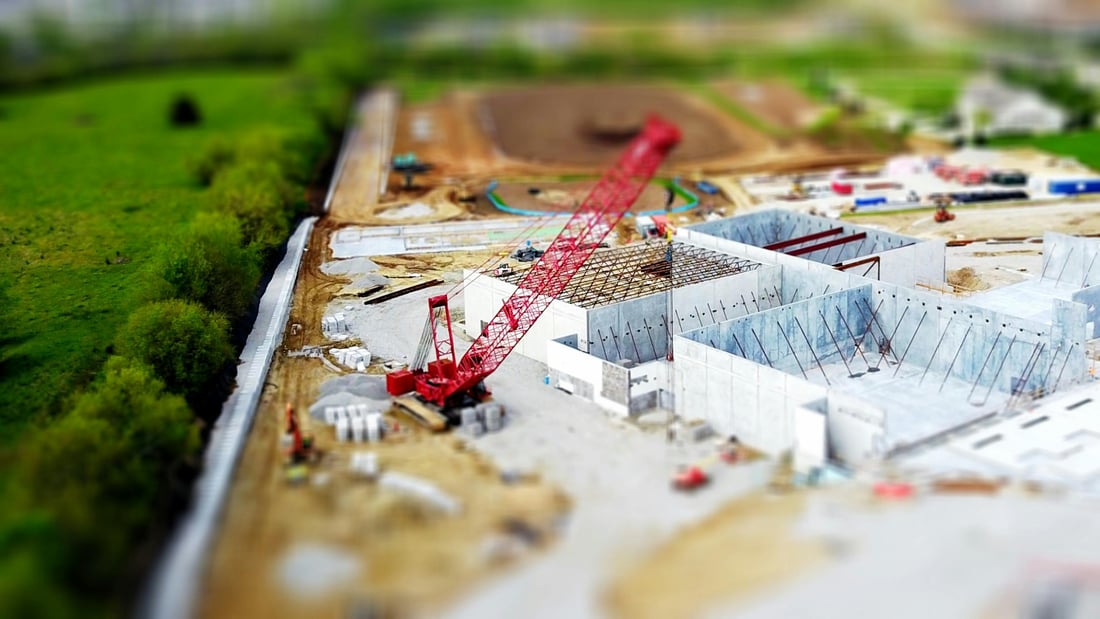remote construction site inspection: Ensuring Safety and Efficiency
Construction sites are often dangerous places due to the number of heavy machinery, risky tasks, and various forms of hazards present. To prevent accidents from happening on construction sites, one effective method is by conducting regular inspection. However, with the rise of remote monitoring technology, traditional on-site inspection can be replaced with remote construction site inspection. By relying on sensors, cameras, and other data-collecting devices, remote inspection can increase safety, productivity, and cost-efficiency. Here are ten aspects of remote construction site inspection that you need to know:
1. Cost-Effective Monitoring
Remote construction site inspection saves costs by reducing the need for human labor and other forms of physical resources. Instead of having to be physically present on-site, remote inspection can be done from a control center or even from a remote location. This saves costs on travel expenses, equipment maintenance, and other operational expenses.
2. Enhanced Safety
There are many hazardous activities that occur on construction sites. With remote construction site inspection, those activities can be monitored at a safe distance, without putting human lives at risk. Remote monitoring makes it possible to detect potential safety risks that might be missed during on-site inspections. This way, inspection teams can work proactively to reduce the likelihood of accidents occurring.
3. Improved Record-keeping
Remote construction site inspection allows for greater accuracy and precision in recording data. The use of sensors and cameras ensures that accurate data is collected, stored and analyzed. This data can then be accessed and shared easily across different platforms. The result is improved documentation, better communication, and more efficient workflows.
4. More Timely Inspections
Because remote inspection can be done more frequently and more efficiently, it allows for more timely inspections. This means the data collected is more up-to-date, which can prevent accidents or problems before they occur.
5. Increased Productivity
Remote construction site inspection can help increase productivity by reducing downtime and improving efficiency. With remote monitoring, any issues can be caught early, and necessary repairs can be made quickly. This results in less downtime and more efficient use of resources, leading to increased productivity and cost savings.
6. Enhanced Collaboration
Remote construction site inspection technology can be used to support collaboration between teams working in different locations. For instance, project managers located outside of the construction site can collaborate with on-site personnel remotely to monitor progress and make necessary decisions. This saves time and resources associated with in-person communication, meaning issues can be mitigated much faster.
7. Real-Time Monitoring
Remote construction site inspection provides real-time monitoring and feedback, allowing inspectors to act quickly on critical events. By utilizing data from sensors, cameras, and other monitoring tools, inspectors can make real-time decisions that can improve site safety, productivity, and efficiency.
8. Reduction in Manual Inspection Processes
The use of remote construction site inspection can reduce reliance on manual inspection processes. Inspection can be done through automated processes, and this means less time spent on manual inspections. Manual inspections require more resources, and there is a higher probability of errors or lapses in data collection and records keeping. Automating inspections minimizes these risks and ensures inspections are carried out to the highest standard.
9. Mobile Monitoring Systems
With remote construction site inspection, monitoring can be done using a variety of mobile devices. This includes smartphones, tablets and iPads, which can be used to view real-time data and images from the construction site. Using a mobile platform ensures inspectors and managers can access data across different platforms even if they are off-site, enhancing the efficiency of their work and increasing safety on the site.
10. Analytics and Big Data Application
Remote construction site inspection analytics and big data applications have the potential to revolutionize remote construction site inspection. With data collection on a continuous basis, there is potential for data gathering from various sites, allowing for analytics and big data application in future planning and resource allocation decisions. By utilizing the vast amounts of data available off-site, construction sites can extract valuable insights on safety, efficiency, and productivity.

